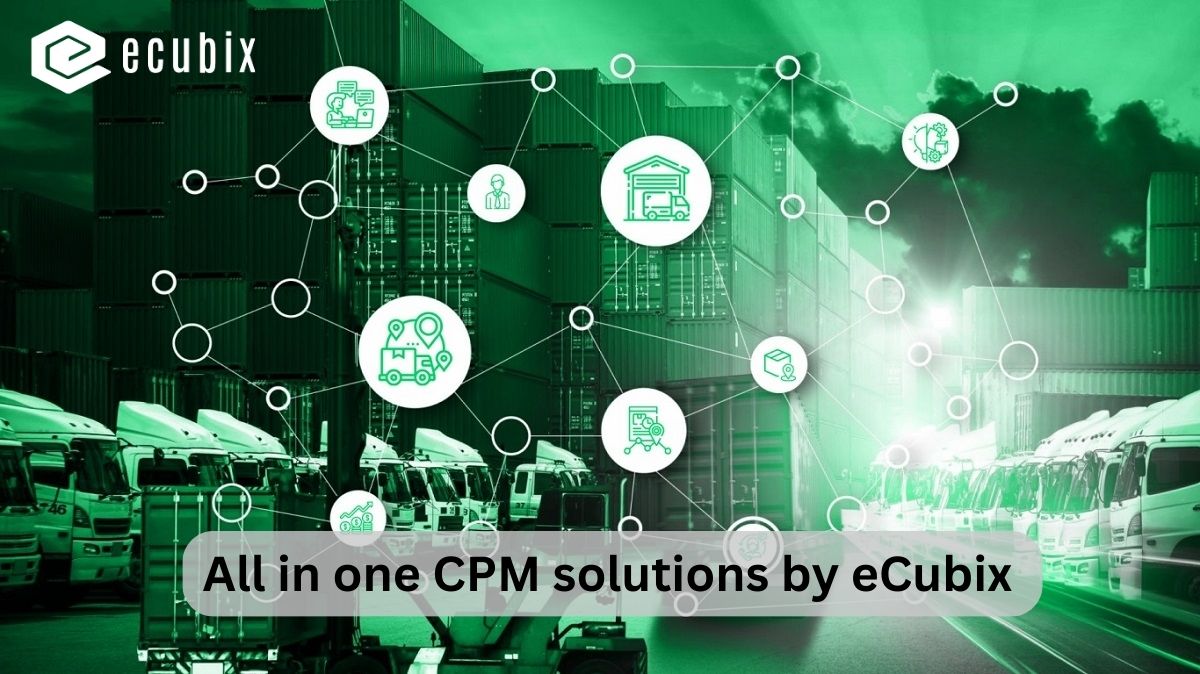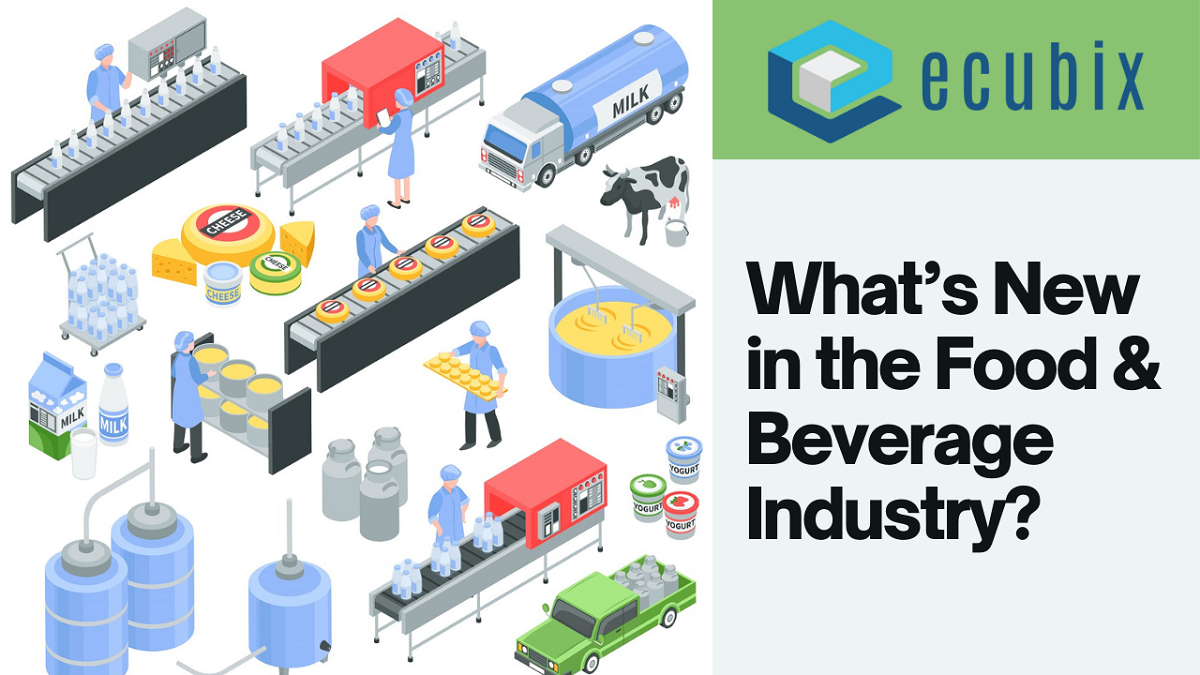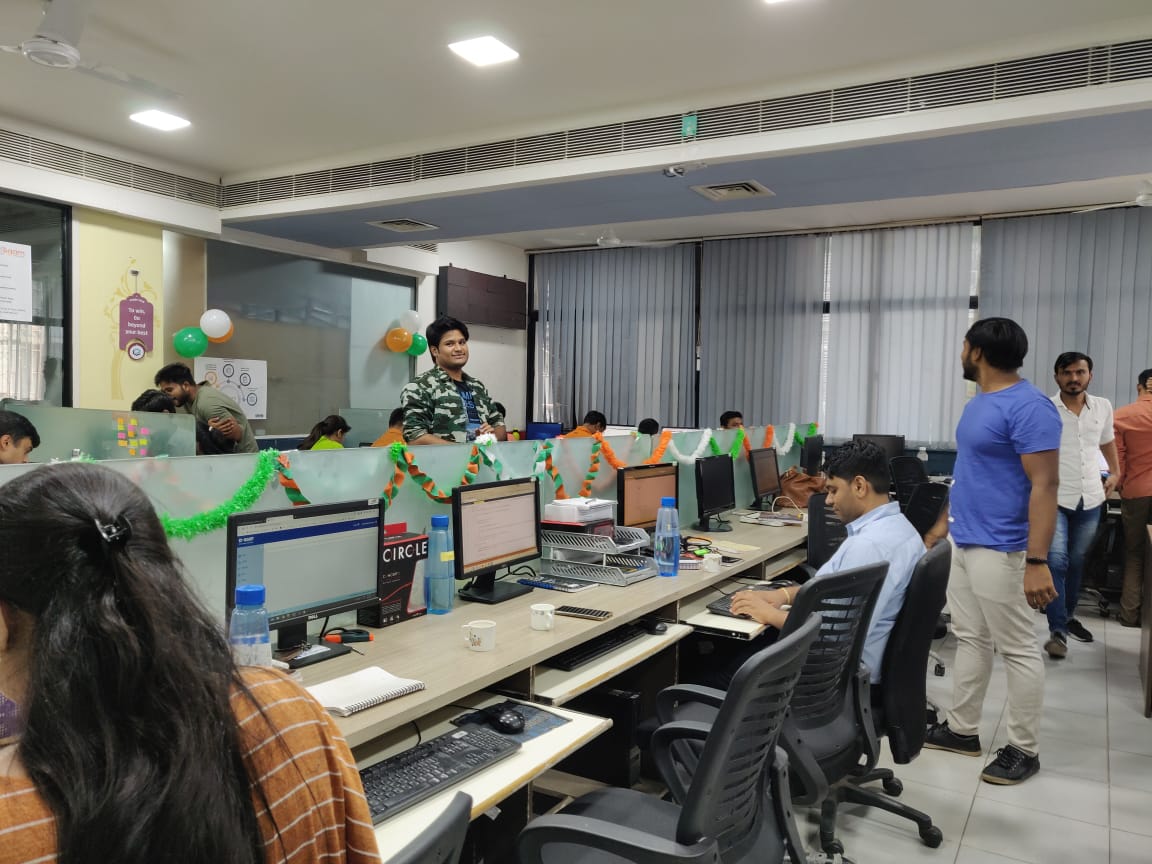Counterfeiting is a serious and growing problem that affects many industries, from luxury goods to pharmaceuticals, from sporting goods to healthcare products. Counterfeiters not only harm the revenues and reputation of legitimate businesses but also pose significant risks to the health and safety of consumers. According to a report by the OECD, the global trade in counterfeit and pirated goods amounted to 460 billion euros ($522 billion) in 2023, which is 3.3% of world trade. This is a significant increase from the previous estimate of 2.5% in 2016. The report also identifies the main industries, economies, and trade routes involved in this illicit trade.
How can businesses and consumers protect themselves from the threat of counterfeiting? How can they ensure the authenticity and integrity of the products they buy or sell? One of the most effective and innovative ways is to use anti counterfeit solutions technology, which leverages the power of digital and physical tools to verify the identity and origin of products and to track and trace them along the supply chain.
Let’s understand the most common and advanced anti counterfeit solutions, and how they can help businesses and consumers fight against counterfeiting using channel performance management technology.
What is anti counterfeit solutions technology?
Anti-counterfeit solutions technology is a broad term that encompasses various types of devices, systems, and methods that are designed to prevent, detect, and deter counterfeiting. Anti counterfeit solutions technology can be classified into two main categories: overt and covert.
Overt anti counterfeit solutions technology is visible and easily recognizable by the human eye, such as holograms, watermarks, color-shifting ink, or security labels. They are meant to provide a quick and simple way for consumers and inspectors to verify the authenticity of a product, without the need for any special equipment or training.

Covert anti-counterfeit solutions technology is hidden and requires a specific device or software to reveal or decode them, such as RFID tags, NFC chips, QR codes, or digital signatures. They are meant to provide a more secure and reliable way for businesses and authorities to authenticate and track products, and to access additional information or features related to them.
Both overt and covert anti-counterfeit solutions technology can be applied to the product itself or its packaging or both. They can also be combined to create a multi-layered protection system that enhances the security and functionality of the anti-counterfeit solution.
What are the benefits of anti-counterfeit solutions technology?
Anti-counterfeit solutions technology can provide various benefits for both businesses and consumers, such as:
- Protecting brand reputation and customer loyalty: By using anti counterfeit solutions technology, businesses can demonstrate their commitment to quality and safety, and to protect their brand image and value from being tarnished by counterfeiters. Consumers can also trust that they are buying genuine and reliable products and that they are supporting the original creators and innovators.
- Increasing revenues and reducing losses: By using anti-counterfeit solutions technology, businesses can prevent counterfeiters from stealing their market share and profits, and from causing damage to their assets and inventory. Consumers can also avoid wasting money and resources on fake and inferior products, and from being exposed to potential health and safety hazards.
- Enhancing product functionality and customer experience: By using anti counterfeit solutions technology, businesses can add value and functionality to their products, such as providing additional information, services, or features that can improve the product performance, quality, or usability. Consumers can also enjoy a more convenient and engaging customer experience, such as accessing product details, reviews, or feedback, or interacting with the brand or other customers.
What are some examples of anti-counterfeit solutions technology?
There are many types of anti-counterfeit solutions technology available in the market, each with its advantages and disadvantages, depending on the industry, product, and application. Here are some of the most common and advanced examples of anti counterfeit solutions technology:

- RFID tags: RFID (Radio Frequency Identification) tags are small electronic devices that can store and transmit data using radio waves. They can be attached to or embedded in products or packaging and can be read by RFID readers at a certain distance. RFID tags can provide unique and tamper-proof identification for each product and can enable real-time tracking and tracing of products along the supply chain. RFID tags can also store and update information such as product origin, expiration date, or temperature. RFID tags are widely used in industries such as pharmaceuticals, healthcare, logistics, or retail.
- NFC chips: NFC (Near Field Communication) chips are similar to RFID tags, but they operate at a shorter range and require closer contact between the chip and the reader. NFC chips can be read by NFC-enabled smartphones or devices, which makes them more accessible and user-friendly for consumers. NFC chips can also enable interactive and dynamic features, such as launching a website, an app, or a video, or verifying a digital certificate or a payment. NFC chips are widely used in industries such as luxury goods, sporting goods, or entertainment.
- QR codes: QR (Quick Response) codes are two-dimensional barcodes that can store and display data in a matrix of black and white squares. They can be printed on products or packaging and can be scanned by smartphones or devices with a camera and a QR code reader app. QR codes can provide a link to a website or a platform that can verify the authenticity of the product and can also provide additional information or services related to the product, such as product details, reviews, feedback, or loyalty programs. QR codes are widely used in industries such as cosmetics, food, or beverages.
- Digital signatures: Digital signatures are cryptographic codes that can be attached to or embedded in digital documents or files, such as PDFs, images, or videos. They can be generated and verified by using a public and a private key, which are unique and secure for each sender and receiver. Digital signatures can provide proof of origin, integrity, and authenticity for digital content, and can also prevent unauthorized modification or duplication of the content. Digital signatures are widely used in industries such as education, finance, or media.
How to choose the best anti-counterfeit solutions technology for your business?
There is no one-size-fits-all solution when it comes to anti counterfeit solutions technology. The best anti-counterfeit solutions technology for your business depends on various factors, such as:
- Your industry and product: Different industries and products may have different requirements and challenges when it comes to counterfeiting, such as the level of risk, the type of counterfeiters, the customer expectations, or the regulatory standards. You should choose an anti counterfeit solutions technology that is suitable and effective for your industry and product, and that can address your specific needs and goals.
- Your budget and resources: Different anti counterfeit solutions technology may have different costs and benefits, both in terms of initial investment and ongoing maintenance. You should choose an anti-counterfeit solutions technology that is affordable and feasible for your budget and resources, and that can provide a positive return on investment and value for money.
- Your target market and audience: Different anti counterfeit solutions technology may have different levels of accessibility and usability, both for businesses and consumers. You should choose an anti-counterfeit solutions technology that is compatible and convenient for your target market and audience, and that can enhance their satisfaction and loyalty.
Case Studies and Examples:
- Everledger uses blockchain to track diamonds and gemstones, preventing their illegal trade and ensuring ethical sourcing.
- Yoplait’s “Code Your Yogurt” campaign combines QR codes with gamification, engaging consumers in product verification while collecting valuable data.
- Pharmaceutical giant Pfizer implements serialization and track-and-trace systems to monitor the movement of its medication, safeguarding product integrity.
- The Bank of England utilizes complex watermarks and security threads in its banknotes, making them virtually impossible to forge.
- Gucci’s intricate micro-embossed logos on leather goods require specialized tools and craftsmanship to replicate, ensuring their exclusivity and value.
- Apple utilizes tamper-evident seals on its iPhone packaging, deterring unauthorized repairs and ensuring consumers receive genuine devices.
- Louis Vuitton employs RFID chips embedded in hang tags to track product movement and authenticate their legitimacy at authorized retailers.
- Coca-Cola implemented tamper-evident caps with intricate patterns on its juice bottles, preventing refill scams and safeguarding product quality.
eCubix is a leading provider of anti-counterfeiting software solutions that use the latest technology of QR codes to ensure the authenticity and traceability of products. It enables manufacturers to manage their production units efficiently and securely, by creating and storing unique identifiers or codes for each product, where the product information, such as origin, ingredients, quality, and expiration, can be recorded and verified. These solutions also enable distributors and retailers to operate their supply channels quickly and smoothly, by scanning the QR codes and accessing the product information or verifying the authenticity of the products.

It can also provide feedback or incentives to the users, such as rewards, coupons, or loyalty points. Apart from that, it can be applied to various industries, such as pharmaceuticals, cosmetics, food, and beverages. eCubix is the top-rated company in the anti-counterfeiting software market, by providing innovative, reliable, and cost-effective solutions for brand protection and product safety.
With this exploration of anti counterfeit solutions technology, we’ve equipped ourselves with valuable knowledge to combat this pervasive issue. From the digital guardians of software to the visible clues of technology and the fortified systems safeguarding the supply chain, a multi-layered approach is key to protecting brands, consumers, and public health. By staying informed, embracing innovation, and collaborating across industries, we can strive for a future where genuine products reign supreme.
Conclusion
Anti-counterfeit solutions technology is a powerful and innovative way to protect your business and your customers from the threat of counterfeiting. By using anti counterfeit solutions technology, you can ensure the authenticity and integrity of your products and add value and functionality to them. You can also increase your revenues and reduce your losses and protect your brand reputation and customer loyalty.
However, not all anti-counterfeit solutions technologies are the same, and you should carefully consider your industry, product, budget, resources, market, and audience when choosing the best anti counterfeit solutions technology for your business. You should also keep up with the latest trends and developments in anti-counterfeit solutions technology, as counterfeiting is an evolving and dynamic problem that requires constant innovation and adaptation.
If you are interested in learning more about anti-counterfeit solutions technology, or if you need help in implementing or improving your anti-counterfeit solutions strategy, please contact us today. We are a leading provider of anti counterfeit solutions technology, and we can help you find the best solution for your business.








































